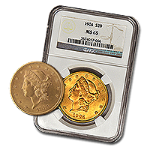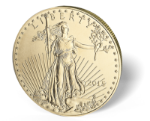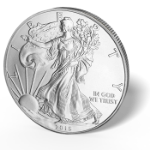A common thought amongst precious metal investors is that silver is more volatile, or unpredictable, than gold. It tends to experience greater amounts of growth and decline on a daily basis than gold, from a percentage perspective. But, can you actually measure the volatility of silver as compared to gold? Let’s take a look at some data.
Silver typically makes bigger moves, either up or down, than gold each day. From January 1, 2003 through mid-February 2013, silver changes were larger than gold percentage-wise nearly 72% of the time. Also during that time, silver’s change was larger than gold’s by an average of 1.3 percentage points. Sometimes, the change was much more significant, such as in May 2011, when gold rose 1.2% and silver rose 17.1% in one day.
So, what does this mean for investors? There are a few key takeaways. First, it’s important to understand that silver rises higher and falls lower than gold on a daily basis (from a percentage perspective). Silver investors must have the mental strength to handle this type of movement, no matter which direction the metal moves in. In other words, emotional investors may be better off with a more stable investment, like gold.
It’s also important to point out another major difference between silver and gold: the price. Silver is exponentially cheaper to buy. And given its tendency to make larger percentage gains (when it is up), investors who purchase silver when it is down, as it is now in February 2013, will typically enjoy larger percentage gains than gold investors.
Most experts agree that while the prices for gold and silver are both down, their price and value will turn around and reach record highs in the not-so-distant future. In other words, many financial experts agree that this is a great time to invest in silver, given the history of its overall performance, as well as its volatility. But again, silver investors experience larger ups and downs than gold investors, so you have to be ready for that.











